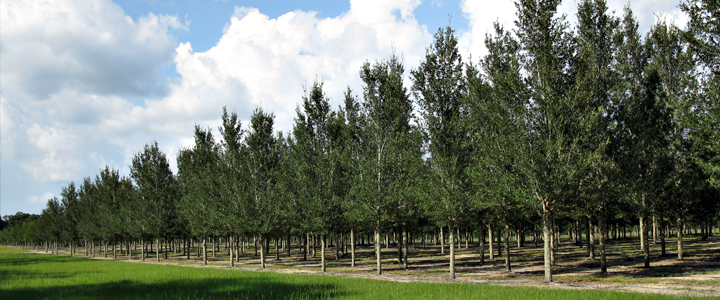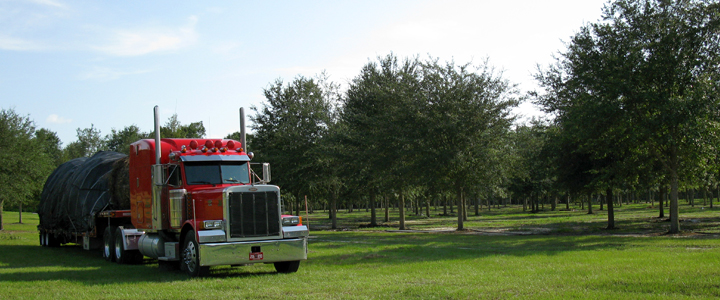Southern Live Oak (Quercus virginiana)
A large, sprawling, picturesque tree that is highly desirable as a landscape tree. The live oak tree is one of the broadest spreading of the oaks, providing large areas of deep, inviting shade. Reaching 40 to 60 feet in height with a 60 to 100 foot spread and usually possessing many sinuously curved trunks and branches.
The live oak tree is an impressive sight for any large-scaled landscape. Give it plenty of room since the trunk can grow to more than six feet in diameter. An amazingly durable American native tree, it can measure its life in centuries if properly located and cared for in the landscape.
In Texas, live oak trees learned ten thousand years ago that Texas soils and environmental conditions are not conducive for propagation from the acorns. They depend on animals and birds to transplant acorns away from the parent tree for the sake of forest diversity. Live oaks are very bad parents and do not want competition from their siblings, so they predispose a fungus to kill the germination of the acorns that remain under the tree.
Live oaks propagate in a very unusual manner, they put out ramets (sending-up root sprouts) from the mature roots, or otherwise a bud that grows off the root. This method ensures 100% survival as the new shoots have a fully mature root system for support. They actually clone themselves, a Mott or grove of a few or up to hundreds of trees are really all the same tree and can cover large acreage areas.

